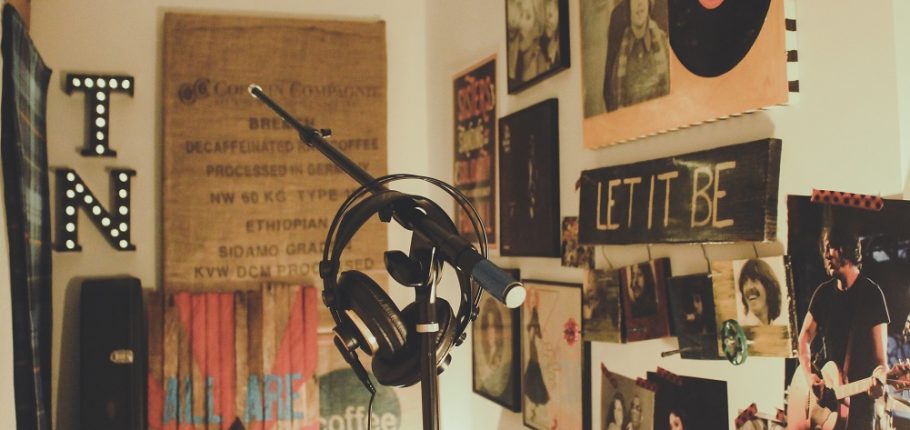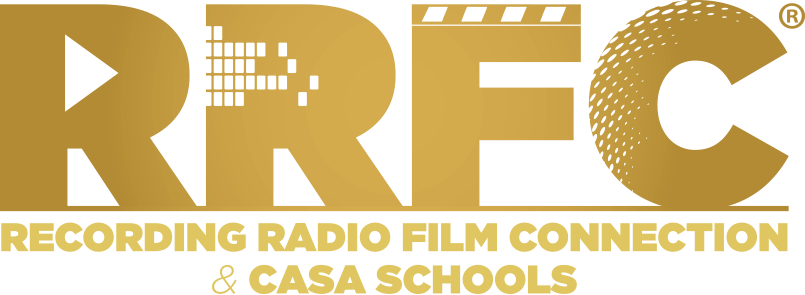
Setting Up a Home Recording Studio
Today, more than at any other point in history, technology is so accessible, affordable, and readily available that setting up a home recording studio really is an achievable goal, even for newbies to the craft!
Just ask the pros who’ve been in it for awhile and they’re likely to tell you all about the thousands they had to scrimp and save just to get that one piece of gear, then another, then another. Back in the day, just getting started recording at home could literally take years.
Well welcome to the present you lucky duck. Want to make music? Want to record? Here’s what you need for a sufficient, albeit not a fancy or professional-level setup:
1) A Laptop or Computer.
It doesn’t have to be top of the line, it just has to be something serviceable with sufficient RAM (8GB or more is recommended). Also: an external hard drive is a good idea.
2) A “Digital Audio Workspace” aka a DAW.
The industry standard is Pro Tools. Logic and Ableton are two other popular options that will grow with you as you progress.
3) Studio Monitors.
Although you’ll also be using your headphones, you need actual studio monitors to be able to hear your mix through speakers you can trust. Plan on spending $500 for a decent enough pair.
4) Headphones.
Not Beats by Dre but actual high-quality headphones that will enable you to hear the truth of your music without any added bass or effects. Check out this article including suggestions for high-quality, affordable headphones and studio gear. These headphones are going to be your new BFF, so choose wisely and make sure they’re comfortable!
5) A Pop Filter
This is the flat, disc-shaped object you often see alongside a mike. It does exactly what it says it does—prevents pops. It’s not an absolute but definitely worth considering.
6) High Quality Microphone(s)
Do your research on which mikes will best suit your purposes. Plan on spending a fair bit for a decent microphone or two.
7) Sound Absorbers and Bass Traps.
Again, these aren’t an absolute must but they can greatly improve the accoustics of an otherwise untreated space. Also consider the arrangement of furniture, floor surfaces, and windows when setting up your home studio. A little forethought and some brawn can really make the difference.



